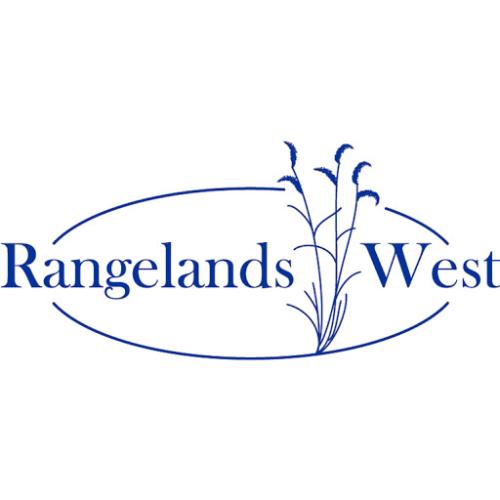The U.S. Department of Agriculture (USDA) forecasts that FY2006 agricultural exports will be $64.5 billion, up from FY2004’s record $62.3 billion. FY2005 imports will be $61.5 billion, also a record high, leaving the United States with an agricultural trade surplus of $3 billion. USDA operates four kinds of international programs to promote agricultural exports or provide food aid, all authorized in the 2002 farm bill, the Farm Security and Rural Investment Act (FSRIA, P.L. 107-171), or in permanent legislation. These programs include direct export subsidies, export market development, export credit guarantees, and foreign food aid. Legislative authority for most of these programs now extends to the
end of 2007. Export subsidies, but not other U.S. export and food aid programs, are subject to reduction commitments agreed to in multilateral trade negotiations. Direct subsidies include the Export Enhancement Program (EEP) and the Dairy Export Incentive Program (DEIP). EEP spending has been negligible since 1996, but DEIP spending has been at the maximum allowed under international trade rules. Market development programs include the Market Access Program (MAP) and the Foreign Market Development or “Cooperator†Program (FMDP). Considered to be non-trade distorting, these programs are exempt from multilateral reduction commitments. The FSRIA authorizes MAP spending of $200 million annually by FY2006 and sets FMDP spending at $34.5 million annually. The FSRIA authorizes export credit guarantees by USDA’s Commodity Credit Corporation (CCC) of $5.5 billion worth of farm exports annually plus an additional $1 billion for emerging markets through 2007. Actual levels guaranteed depend on economic conditions and the demand for financing by eligible countries. The FSRIA also authorizes through FY2007 food aid programs including P.L. 480 Food for Peace, Food for Progress, the Emerson Trust (a reserve of commodities and cash), and a new international school feeding program. Section 416(b), permanently authorized in the Agricultural Act of 1949, also provides surplus commodities for donation overseas. Food emergencies in Africa, Southeast Asia, and North Korea are putting pressure on the ability of food aid providers, including the United States, to meet estimated needs. The FY2006 Agriculture and Rural Development Appropriations Act (P.L. 109-97, H.R. 2744) supports $6.5 billion in export and food aid programs, $1.488 billion of which are appropriated funds and the rest funded through the borrowing authority of the Commodity Credit Corporation (CCC). Agricultural export subsidies, export credits, and food aid programs could be affected by the outcomes of on-going multilateral trade negotiations in the Doha Round.These programs will also be debated as Congress considers legislation to replace the 2002 farm bill which expires in 2007.

Articles, citations, reports, websites, and multimedia resources focused on rangeland ecology, management, restoration, and other issues on American rangelands.